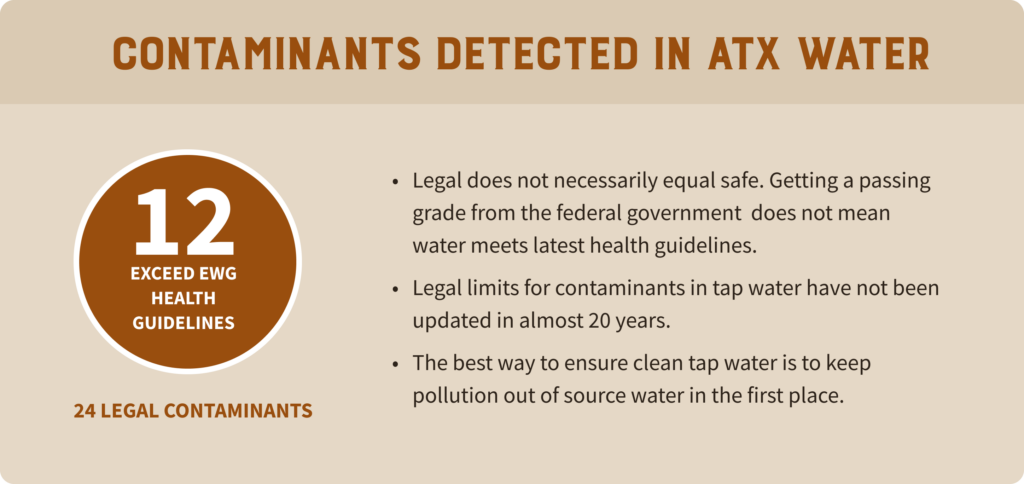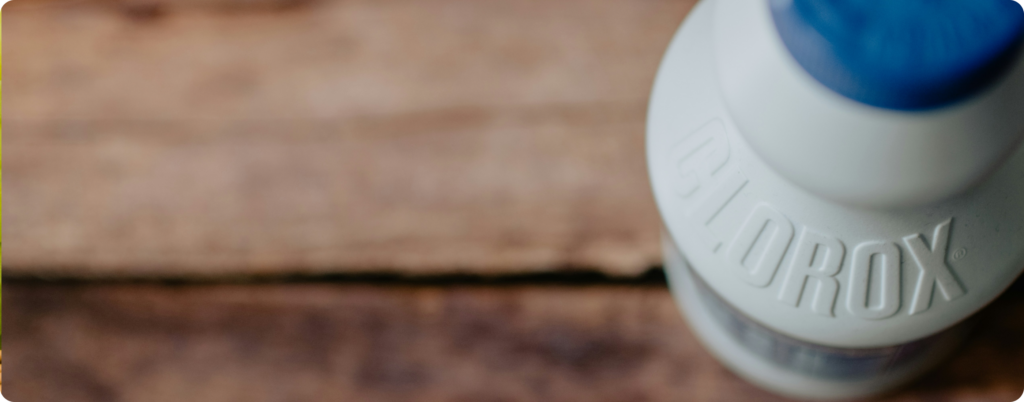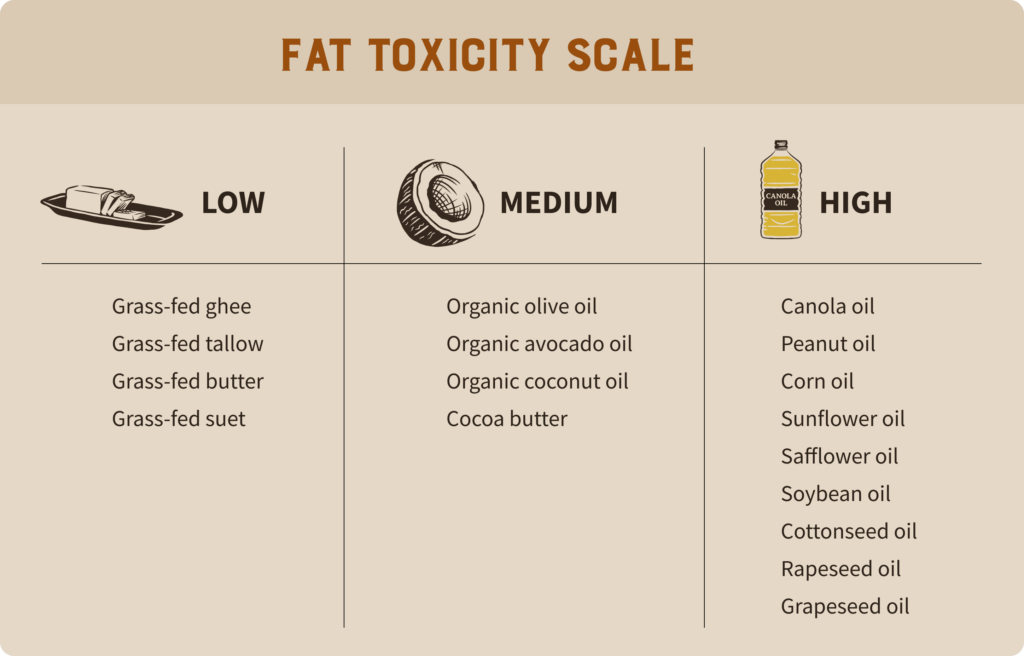PLEASE NOTE: The information in this blog is for educational purposes only. It is not a substitute for professional medical advice. Consult your healthcare provider if you’re seeking medical advice, diagnoses, or treatment.
Could everyday items in your home be making you or your family sick? Unfortunately, the answer is yes.
The reality is that our modern world is full of toxins, many of which can find their way into your home.
You may not have control over what happens outside of your living space, but simple changes can reduce toxins and create a healthy home.
11 Ways to Reduce Toxins in Your Home
Creating a healthy home revolves around air and water quality and careful selection of the foods you eat and the products you buy. Here are 11 tips to help you get started:
1. Use an air filter
It may not seem like it, but chemical concentrations are often higher inside your home than outside. Plus, the average person spends an estimated 90% of their day indoors (1)!
The air in your home can be contaminated by synthetic materials, decorative items like rugs, cooking fumes, pesticides, cleaning products, air fresheners, and furniture (2, 3). The typical home can also be a breeding ground for mold, bacteria, pollen, and dust mites.
To combat these challenges, it’s helpful to use air filters throughout your home or apartment and clean regularly. Top-rated air filter brands include Austin Air, Air Doctor, and Air Oasis.
2. Filter your water
While drinking water in the United States is generally thought to be safe, this is far from the truth.
45 million people are impacted each year by water quality violations, and almost no surface water can be consumed safely without treatment (4).
A typical water source might contain bisphenol A (BPA), pesticides, herbicides, heavy metals, microplastics, and residues of cosmetics, personal care products, and pharmaceutical drugs (5, 6, 7). That doesn’t sound very safe now, does it?
Take Austin, Texas, as an example. Using the Environmental Working Group (EWG) tap water database, almost 1 million people are drinking, showering in, or using contaminated tap water daily. Here’s what the EWG found:

Thankfully, there are numerous ways you can drastically reduce your exposure to contaminants in water, such as using reverse osmosis or activated carbon filters, spring water, or investing in a water distiller.
3. Drink from glass & stainless steel
To take the water topic a step further, it can be helpful to avoid or eliminate plastic water bottles from your daily routine.
Most plastic water bottles are made from polyethylene terephthalate (PET), which can leach phthalates and other contaminants into the water (8).
Phthalates are a type of endocrine disruptor that’s found throughout the environment (9). They’re found in lotions, shampoos, perfumes, containers, and numerous other products.
Bisphenol-A (BPA) is an industrial chemical in packaging that can find its way into the water and is associated with challenges like PCOS, fertility issues, depression, and Alzheimer’s (10). Bottled water is often stored for extended periods of time prior to consumption and can leach when exposed to high temperatures.
Another challenge for drinking water is microplastic contamination. Millions of tons of plastics are improperly disposed of yearly, and microplastics are tiny plastic particles that come from tires, clothing, and other plastic products (11, 12).
One study analyzed 259 bottles of water and found that 93% contained microplastics (13). Another study determined that 3 minutes of microwaving containers can release up to 2.11 billion nanoplastic particles (14)!

Instead of relying on plastic water bottles, look to primarily use glass or stainless steel options. These are reusable and drastically reduce your exposure to contaminants.
4. Store food in glass containers
A simple way to cut down on your exposure to plastic is to use glass storage containers. These are washable, reusable, and can keep your food fresh for longer!
5. Choose cleaner personal care products
A good rule of thumb is if you wouldn’t eat it, then don’t put it on your skin!
Cosmetics and personal care products are generally accepted as safe, yet they are made from a selection of over 12,000 different chemicals, less than 20% of these are proven as safe (15).

Personal care products (like shampoos or deodorants) are a main source of indoor air pollution as they’re often made with synthetic fragrances (16). They also contain endocrine disruptors, which can mimic or block hormones, such as phthalates, that may be applied directly to your skin (17).
Heavy metal exposure is another common concern for personal care products. One metal, aluminum (often found in cosmetics), is a known neurotoxin that can be stored in the brain, bones, or kidneys and can negatively impact over 200 bodily functions (18).
New evidence suggests that chemicals exposed to the skin, once thought of as safe, may contribute to reproductive or developmental defects (19).
What options should you choose to avoid these toxins?
While there are no perfect options, The EWG Skin Deep Cosmetics Database can help you find safer products. Our Heart & Soil Community also contains a detailed list of suggested deodorants, sunscreens, toothpaste, and more!
6. Toss your non-stick cookware
Another staple in any kitchen is cookware like pots and pans. Although they are incredibly popular and easy to use, non-stick options come with a number of caveats.
This non-stick coating comes from synthetic plastic which can be released during the cooking process (20). Even at normal temperatures, these pans can release toxic gasses and chemicals (21).
Instead of non-stick cookware, look for stainless steel or cast iron options instead. For utensils, try to minimize plastics and instead use wood or stainless steel.
7. Clean with natural products

The typical household cleaning product is a chemical soup with numerous warning labels. Unsurprisingly, these can negatively affect your health, potentially leading to asthma and other challenges (22).
You can tackle the majority of messes with simple ingredients like vinegar, baking soda, or lemon. Brands such as Branch Basics also offer all-natural cleaning products for the entire home.
8. Cook with traditional fats
Another way to create a healthy home is to choose your cooking oils wisely. Up until the 20th century, people primarily used tallow, butter, lard, ghee, olive oil, or other natural ingredients.
Today, these have largely been replaced by industrial seed oils like canola, soybean, or sunflower oil. These oils are cheap and flexible to use in the kitchen, but they’re highly processed, provide excessive amounts of linoleic acid, and are emerging as a contributor to various chronic diseases like obesity and cardiovascular disease.
Do your best to stick with the fat sources from the low or medium toxicity scale:

9. Choose organic & wash your produce
Pesticides are used around the world to protect crops from pests, diseases, and weeds. They’re an important part of modern agriculture, but various health consequences are emerging. Pesticides have been associated with decreased fertility and cause about 750,000 chronic illnesses each year (23).
Unfortunately, peeling and washing produce doesn’t completely remove pesticide residues (24). To help remove any excess, you can either rinse produce with tap water, ozone water or incorporate baking soda and apple cider vinegar (25, 26).
Another way to cut down on exposure to pesticides and other contaminants is to choose organic produce. Organic foods are often more expensive, but grown without synthetic pesticides, herbicides, or genetically modified organisms (GMOs).
10. Ditch synthetic fragrances
Products like sunscreen, candles, dryer sheets, perfume, and air fresheners contain synthetic fragrances to give off a certain scent or conceal others (27). These products can contain anywhere from 50-300 chemicals and manufacturers don’t have to list all of the ingredients in their formulations (28).
So, you may have no idea what’s actually in certain products!
These synthetic fragrances can worsen asthma symptoms and cause headaches, breathing difficulties, and neurological problems (29, 30).
To cut down on your exposure to synthetic fragrances, try to:
- Avoid air fresheners and dryer sheets
- Choose unscented cleaning products, detergents, or personal care products
- Choose candles made from tallow, coconut oil, or beeswax
- Use Made Safe to find the safest products for your living space
11. Be mindful of EMFs

We now live in a digital world with constant exposure to phones, computers, and other electronic devices which increase electromagnetic field (EMF) exposure.
While the human body and the earth produce electromagnetic fields, we’re now faced with unprecedented levels of electromagnetic radiation (31).
The exact health impact of EMFs is unknown, but they can lead to symptoms like fatigue, cognitive impairment, and headaches (32).
You can follow dozens of simple measures to reduce your exposure to EMFs, such as:
- Using airplane mode on your phone or tablet
- Avoiding direct contact with your head or reproductive organs
- Spending time away from devices and storing them in Faraday bags
Smarter electronic usage can help you create a safer, healthier home.
You Can Take Control & Create a Healthy Home
Your home is likely where most of your time is spent, yet it can make you sick.
Thankfully, you can take control of your living space by filtering your water and air, using safer cookware, and ditching synthetic fragrances. Simple, inexpensive changes can go a long way to create a healthy, peaceful environment.
If you need help finding safer products for a healthy home, contact our team of health guides for personalized guidance!
Subscribe to future articles like this: